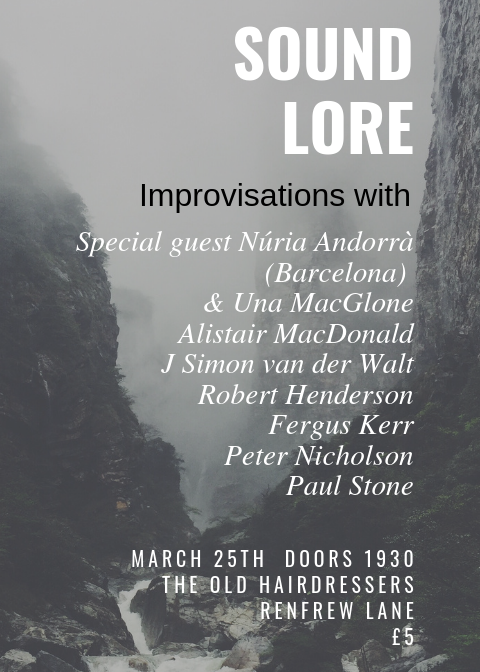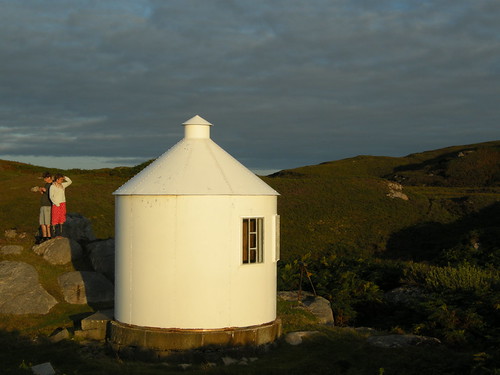Algorave at Radiophrenia
This week I'm taking my algorave work in a new direction. In collaboration with Bill Whitmer, we are going to be presenting a half-hour show called 'Radio Automata Live in the Studio' as part of Radiophrenia, a temporary art radio station broadcasting from the CCA in Glasgow.
The idea for the show is: if the last remaining creative decisions in broadcast radio were entirely automatic, would anyone notice? Bill has been experimenting with algorithmically generated text and chatbots for the spoken part of the show. For my part, I'm going to be creating cut-up mashups using the slicing techniques I've been developing in SuperCollider.
In previous work along these lines, I've always used source material that was either explicitly open source, or, at least, grey-area material that I was unlikely to be sued for, like old TV themes and midi module demo songs.
In this show, for the first time I'm taking a so-sue-me approach, using… well, I won't give the game away, but some *very* well known material indeed, arising from 'suggestions' 'made' by the bots Bill has been working with. In early experiments this is sounding very interesting indeed. Watch this space, or rather, listen to this wavelength!
- 23rd May 2019
- 1100-1130
- 87.9FM across Glasgow

